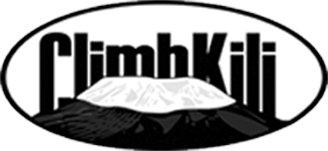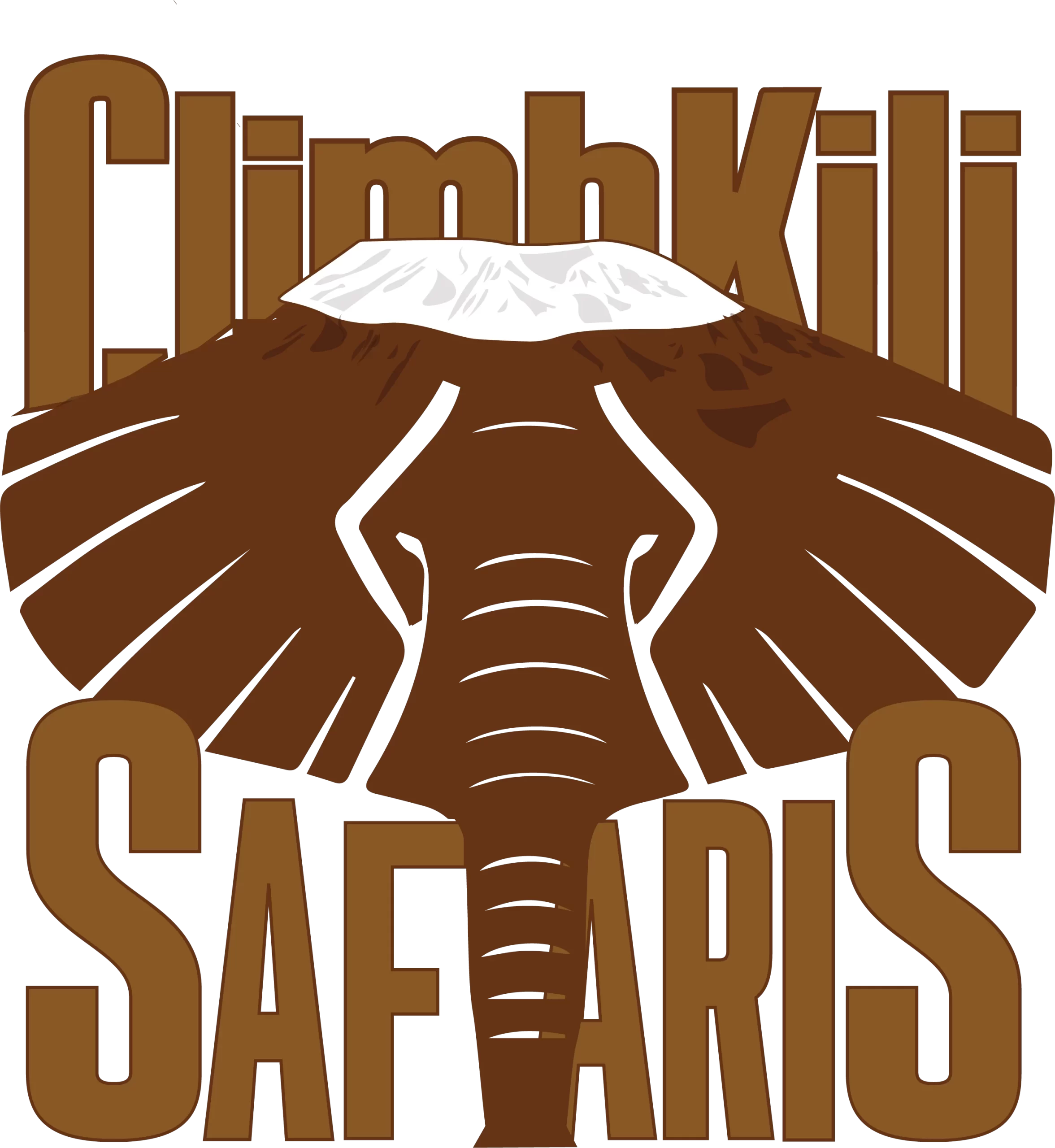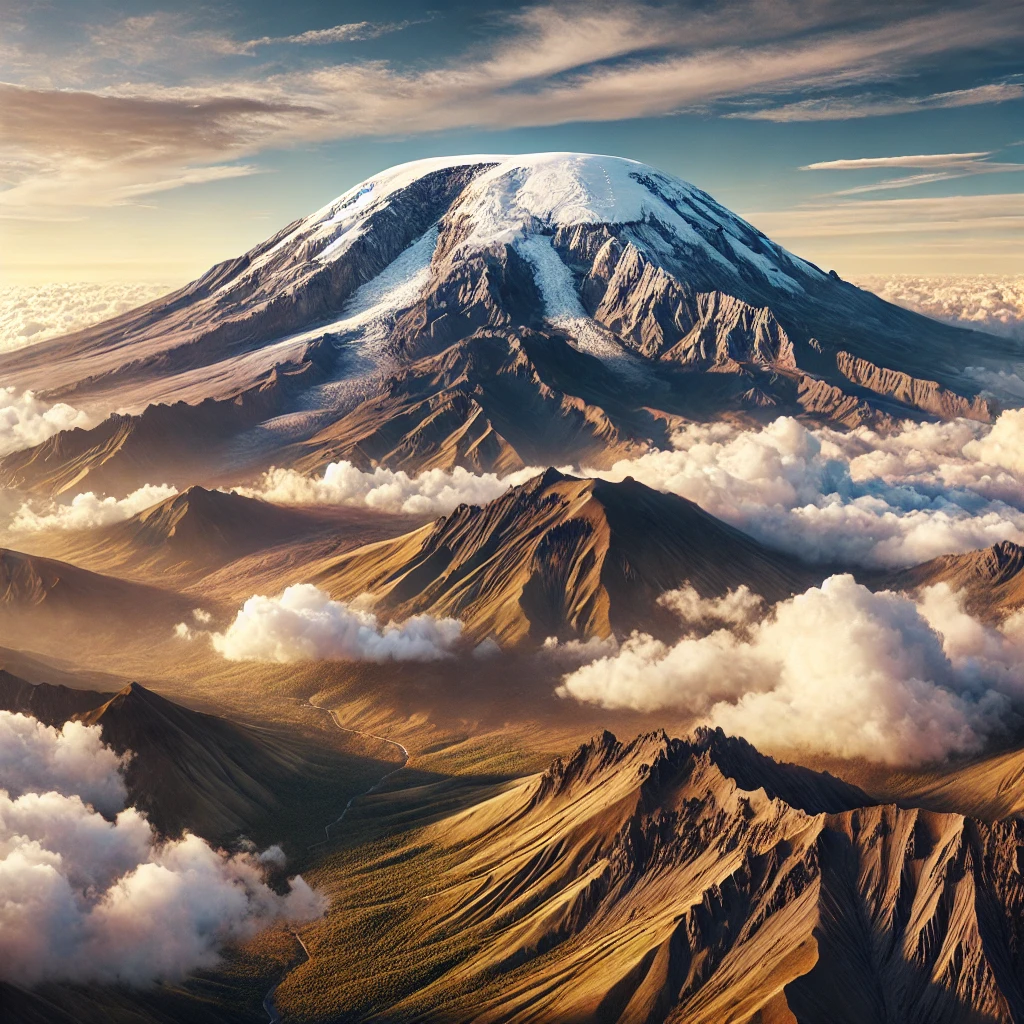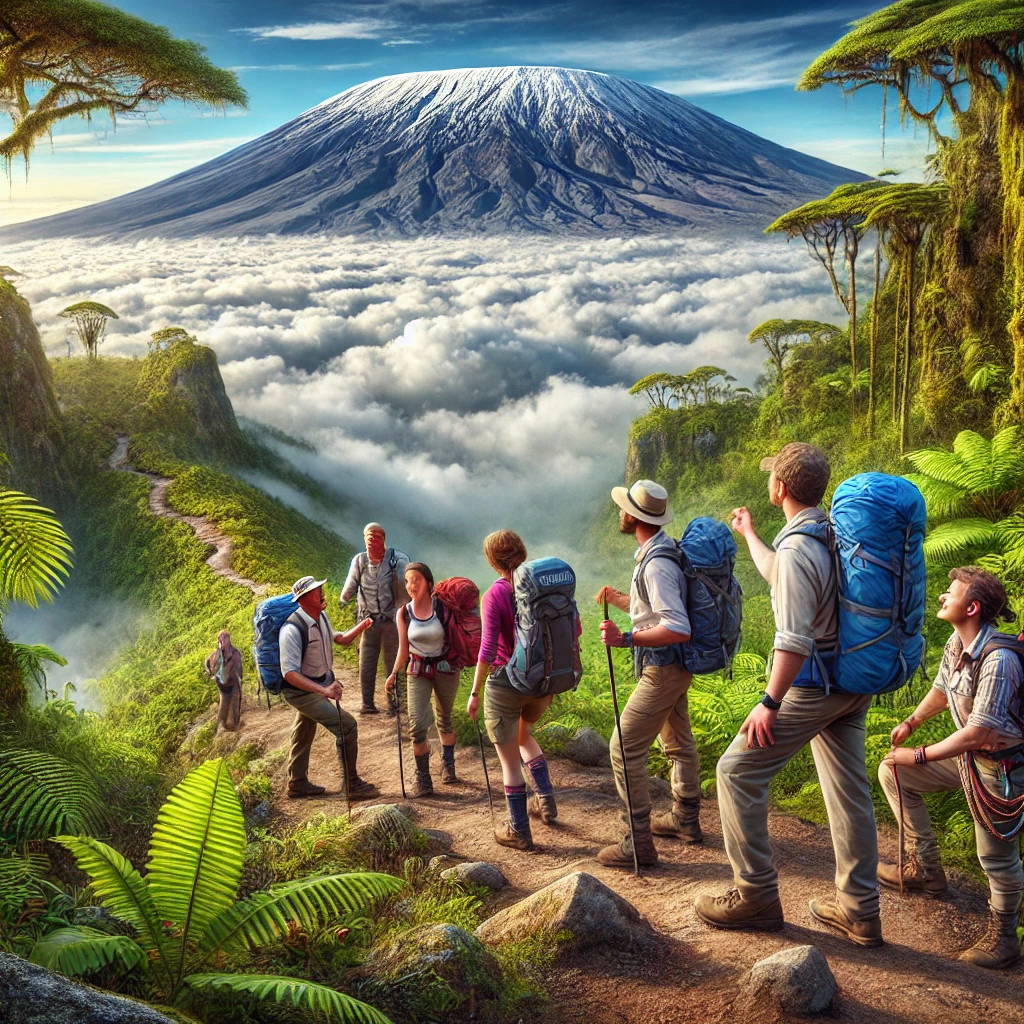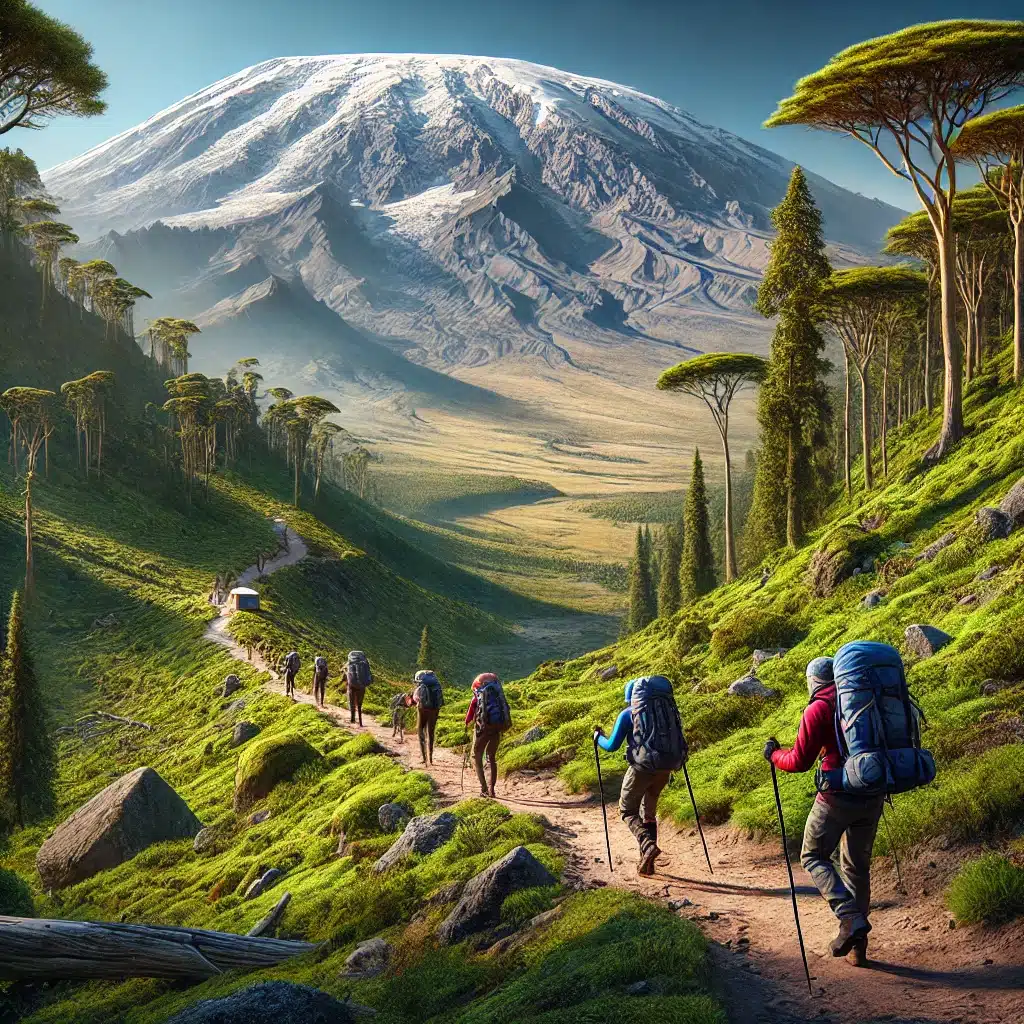Mount Kilimanjaro, standing at 5,895 meters (19,341 feet), is the tallest mountain in Africa and one of the most sought-after trekking destinations in the world. But how hard is it to climb Kilimanjaro? Unlike technical mountains that require ropes and mountaineering experience, Kilimanjaro is a non-technical trek. However, that doesn’t mean it’s easy.
In this guide, we’ll break down the physical, mental, and environmental challenges of climbing Kilimanjaro, along with preparation tips to increase your chances of reaching the summit successfully.
1. Understanding the Difficulty of Climbing Kilimanjaro
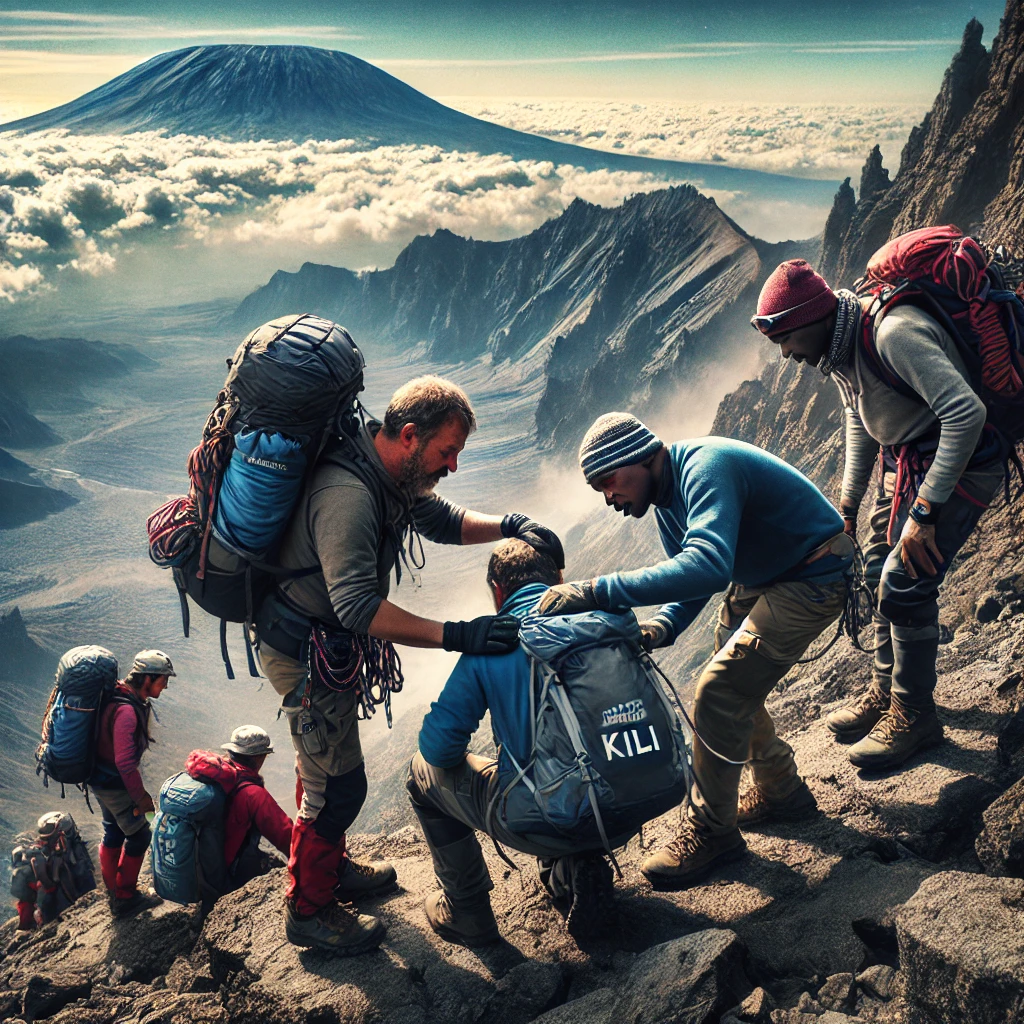
Kilimanjaro is often described as a “trekking peak” because it doesn’t require climbing skills or specialized gear like crampons or ropes. However, the challenge comes from:
- High Altitude – Less oxygen makes the trek physically demanding.
- Length of the Trek – Lasting 7-8 days, depending on the route.
- Cold Temperatures – Especially near the summit.
- Steep and Varied Terrain – From rainforest to glaciers.
- Mental Stamina Required – The long summit night is a true test of willpower.
While some compare it to a strenuous multi-day hike, the effects of altitude and extreme conditions elevate the difficulty significantly.
How Climb Kili Helps:
Climbing Kilimanjaro presents unique challenges, but Climb Kili is committed to making the journey smoother and safer for all trekkers by providing:
- Experienced Guides: Our certified and highly trained guides lead every trek, ensuring you receive expert advice and support throughout your climb.
- Small Group Sizes: We keep our groups small for personalized attention, allowing guides to monitor climbers’ well-being closely.
- Pre-Climb Preparation: We offer detailed packing lists, training recommendations, and informational briefings to help climbers prepare physically and mentally.
- Flexible Itineraries: We focus on routes that provide better acclimatization, such as the 7-day Machame and 8-day Lemosho routes, to maximize summit success rates.
- Quality Equipment: We provide high-quality rental gear, including warm sleeping bags, waterproof tents, and trekking poles to ensure comfort and safety.
- 24/7 Support: Our team assists you from the moment you book until you return home, offering visa assistance, airport pickups, and seamless logistics for a stress-free adventure.
With Climb Kili, every aspect of your trek is carefully managed to give you the highest chance of summiting successfully and safely.
2. The Impact of Altitude: The Biggest Challenge

How to Prevent Altitude Sickness:
- Choose a longer route (7-8 days) for gradual acclimatization.
- Follow the “pole, pole” (slowly, slowly) approach.
- Stay hydrated and drink at least 3-4 liters of water daily.
- Eat nutrient-rich meals to maintain energy levels.
How Climb Kili Helps:
Our team provides oxygen support, thorough pre-climb health assessments, and encourages a slow trekking pace (pole, pole) to help you adjust to the altitude safely.
The biggest obstacle on Kilimanjaro isn’t the steepness or the duration—it’s altitude sickness. As you ascend, the air gets thinner, and oxygen levels drop, which can lead to Acute Mountain Sickness (AMS).
Common symptoms include:
- Headaches
- Nausea or dizziness
- Shortness of breath
- Fatigue
3. Physical Requirements: Do You Need to Be Fit?

How to Train for Kilimanjaro:
- Hike Regularly – Practice multi-day hikes with a weighted backpack.
- Cardio Training – Running, cycling, and swimming help build endurance.
- Strength Training – Focus on leg muscles, core strength, and flexibility.
- Altitude Training – If possible, train at high elevations to adapt to thinner air.
How Climb Kili Helps:
We offer pre-climb training recommendations and expert advice on physical preparation, ensuring climbers of all fitness levels are adequately prepared.
You don’t have to be an elite athlete to climb Kilimanjaro, but good physical fitness improves your experience. Expect to hike for 5-7 hours daily and even longer on summit night.
4. Route Selection: Which Route is Best for Success?
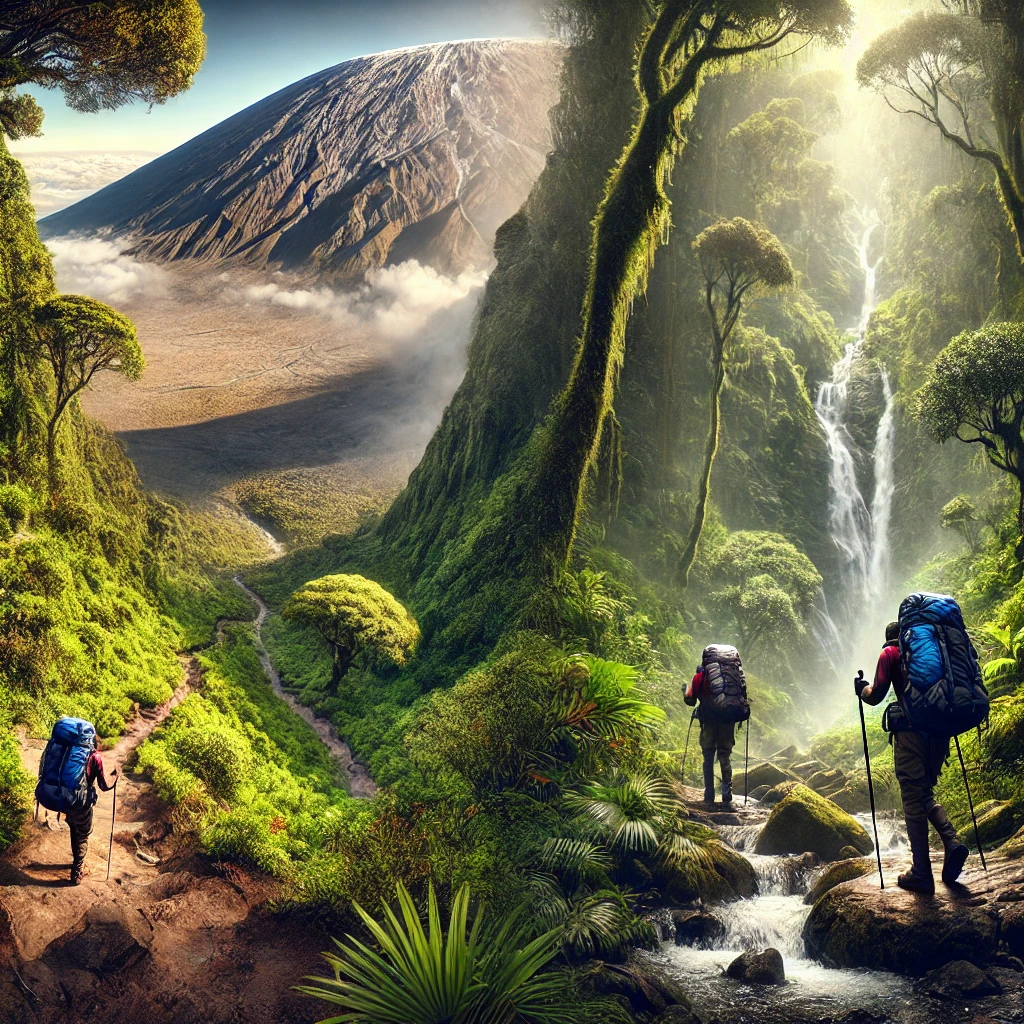
How Climb Kili Helps:
Climb Kili specializes in the Lemosho (8-day) and Machame (7-day) routes, carefully selected to provide optimal acclimatization and increase summit success rates.
The difficulty of Kilimanjaro also depends on the route you choose. Here’s a comparison of the routes offered by Climb Kili:
Best for Acclimatization & Higher Success Rate:
- Lemosho Route (8 days) – 98% success rate, gradual acclimatization.
- Machame Route (7 days) – 98% success rate, scenic but steeper.
For the best chance of success, opt for a longer route (Lemosho or Machame) to allow proper acclimatization.
5. What to Expect on Summit Night: The Ultimate Test
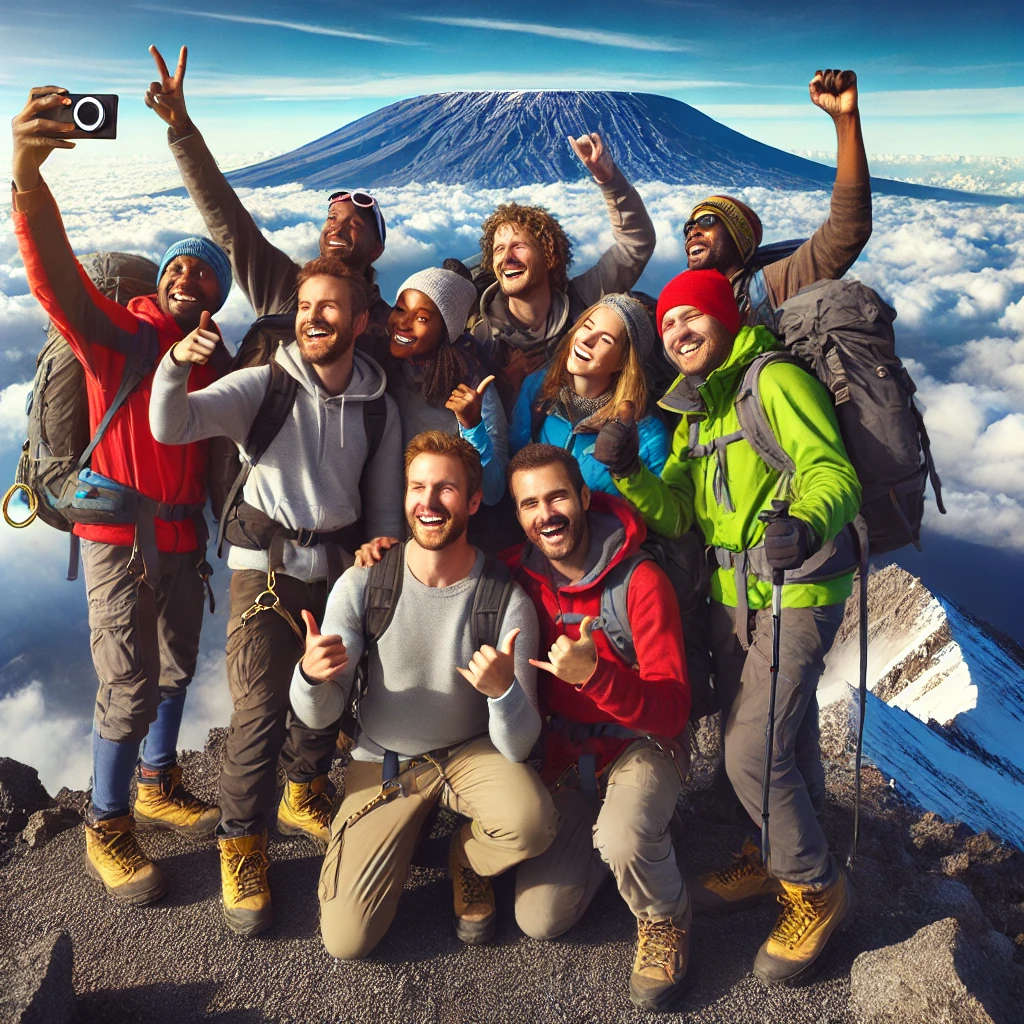
How Climb Kili Helps:
We provide high-quality gear rentals, experienced summit night guides, and strategic pacing techniques to help you manage the physical and mental challenges of the final ascent.
Summit night is when most climbers feel the true difficulty of Kilimanjaro. You’ll wake up at midnight and trek for 6-8 hours in freezing temperatures to reach Uhuru Peak at sunrise.
- Extreme cold (-10°C to -20°C / 14°F to -4°F).
- Steep incline over loose scree.
- Exhaustion from altitude and lack of sleep.
Despite the difficulty, reaching the summit is an incredibly rewarding experience, and witnessing the sunrise over Africa makes it all worthwhile.
6. Tips for a Successful Climb
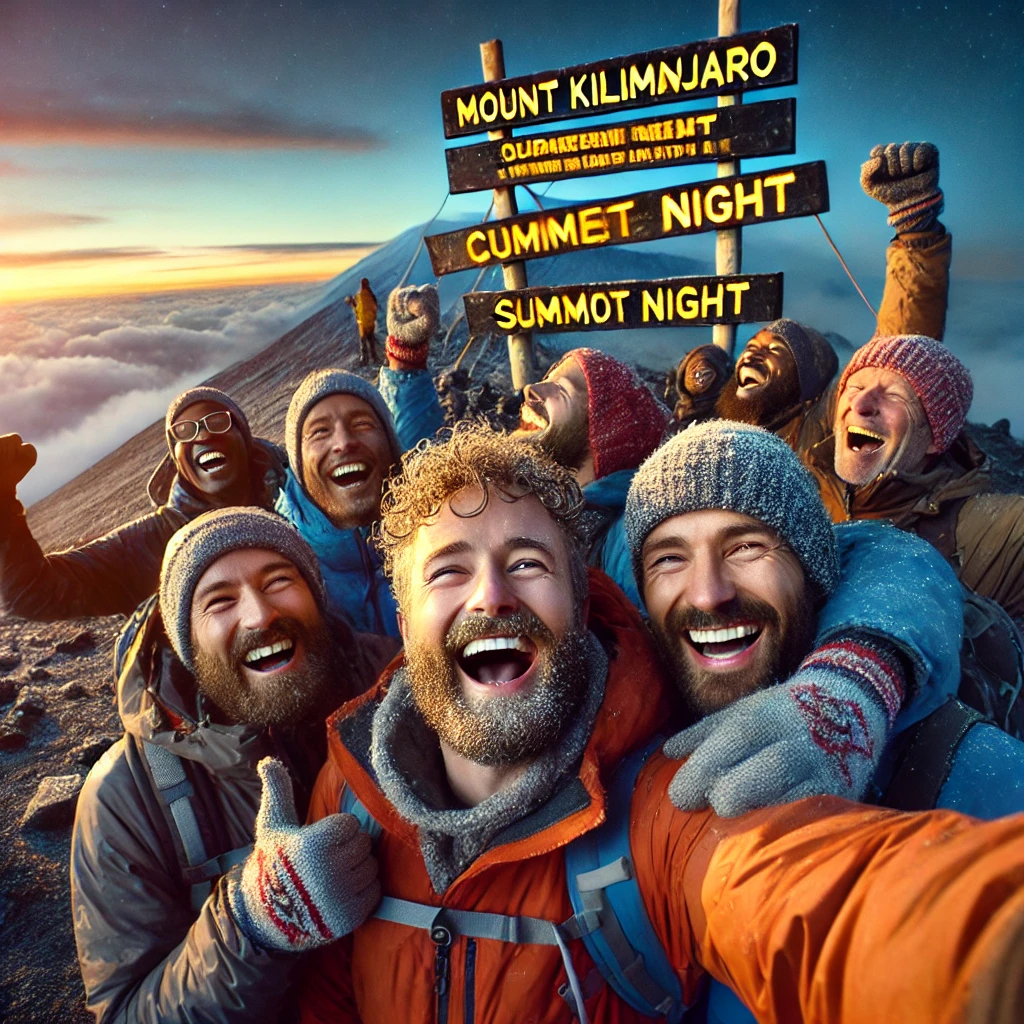
How Climb Kili Helps:
Our team of professional guides ensures your safety, nutrition, hydration, and comfort throughout the trek, giving you the best possible chance of reaching the summit.
Want to improve your chances of reaching the summit? Follow these expert tips:
- Choose a longer route for better acclimatization.
- Hike slowly (pole, pole) to conserve energy.
- Stay hydrated and eat well for sustained energy.
- Wear proper gear (layers, gloves, insulated jacket).
- Train in advance to build endurance.
Trust your guides – They are experts in altitude trekking.
Additional FAQs:
Is Kilimanjaro harder than Everest Base Camp?
While Everest Base Camp is a longer trek (12+ days), Kilimanjaro’s altitude gain is more rapid, making it harder for some due to quicker acclimatization challenges.
Can beginners climb Kilimanjaro?
Yes! Many first-time trekkers successfully summit Kilimanjaro with proper preparation and guidance.
What percentage of climbers reach the summit?
- Lemosho Route: 98% success rate (8-day option)
- Machame Route:98% success rate (7-day option)
7. Is Kilimanjaro Climbing Difficult?
How Climb Kili Helps:
With decades of experience, Climb Kili has helped thousands of climbers achieve their dream of summiting Kilimanjaro with expert guidance, superior logistics, and exceptional support.
While Kilimanjaro is not a technical climb, it is physically and mentally demanding due to altitude, terrain, and weather conditions. However, with proper preparation, choosing the right route, and taking it slow, thousands of climbers of all fitness levels reach the summit every year.
